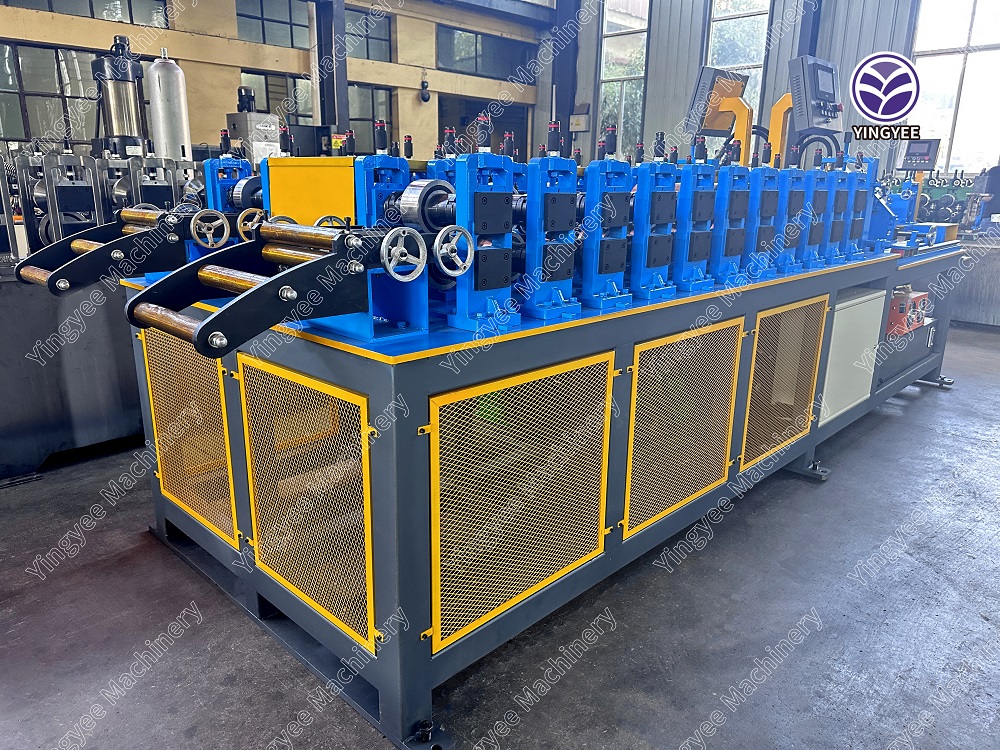
The Evolution of Stud Making Machines A Technological Overview
In today's fast-paced manufacturing environment, the demand for precision-engineered components is ever-increasing. Among these components, studs play a vital role in various industries, ranging from automotive to construction. Stud making machines, designed specifically for producing high-quality studs at scale, have evolved significantly over the years, showcasing advancements in technology, efficiency, and automation.
Studs are essentially cylindrical rods with threads on one or both ends, used to secure parts together. They can be found in applications such as fastening machinery, automotive engines, and structural frameworks. The production of these essential components requires machinery that can ensure consistency, precision, and speed. This is where stud making machines come into play.
Historically, stud production involved manual labor and rudimentary tools, which limited the speed and accuracy of manufacturing. However, as industries grew and the demand for higher-quality products surged, manufacturers began to invest in specialized equipment. The introduction of automatic stud making machines revolutionized the industry. These machines significantly reduced production time and errors, resulting in lower costs and higher output.
Modern stud making machines utilize cutting-edge technology, incorporating features such as CNC (Computer Numerical Control) programming
. CNC technology allows for precise control of the machining process, enabling the production of complex shapes and designs with minimal human intervention. This level of automation not only speeds up the production rate but also enhances the consistency and quality of the studs being manufactured.
Another significant advancement is the integration of robotic automation with stud making machines. Robots can handle repetitive tasks such as loading raw materials, transferring finished products, and performing quality inspections. This not only further increases efficiency but also reduces the risk of human error, thereby ensuring that every stud produced meets the required specifications. The combination of CNC and robotics has paved the way for smart manufacturing, where machines can communicate with each other and optimize their operations in real-time.
In addition to technological enhancements, there has also been a shift towards sustainability in the stud manufacturing process. Modern stud making machines are being designed with energy efficiency in mind, utilizing advanced motors and regenerative braking systems to reduce power consumption. Furthermore, manufacturers are increasingly focused on minimizing waste materials through better design practices and by using recyclable materials whenever possible. This aligns with the global push for greener manufacturing solutions and responsible resource management.
As industries continue to evolve, so too does the need for customization and flexibility in production. Today’s stud making machines can be easily adjusted to produce various sizes and types of studs, accommodating the specific needs of clients and projects. This adaptability has become crucial in a market that demands not only speed and efficiency but also bespoke manufacturing solutions.
In conclusion, stud making machines have come a long way from their manual origins to the advanced automated systems we see today. With innovations in CNC technology, robotics, and sustainable practices, the stud manufacturing process has become more efficient, precise, and environmentally friendly. As technology continues to advance, we can expect further improvements in the capability and performance of these machines, driving the industry towards greater heights. The future of stud making looks promising, with a focus on quality, speed, and sustainability leading the way for manufacturers worldwide.